John Pawson.Restraint
Architecture is perfect when simplicity is pushed to its logical conclusion. It contains a vast potential for richness and sensuality and creates spaces in which one can dream.
„The art of building emerges from the art of living, just as the art of cookery can be said to be the product of art of eating“ Witold Rybezynski.
„ That plainness has such an impact bespeaks the excess of noise that has invaded the landscapes around us“ Peter Zumthor
For a period in the 1970s I lived in Japan. I have a powerful memory of a visit I made to the Katsura Palace. I remember sittir looking over the moon-viewing lake, with traditional cake and tea. It was the distillation of everything which has always draws me to simplicity. Every detail was perfect: the table, the view, the lake, the ritual of getting there and then of leaving again. Nothing jarred, nothing was wrong. The writer Bruce Chatwin once said that “a room-any room, anywhere- should be a space in which to dream“. Here was the perfect space in which to dream, architecture which was the consequence of pushing simplicity to its logical conclusion.
The Katsura place is one of a range of examples which have informed the way I think about space. The list is diverse, historically and culturally. It includes Cistercian architecture, the Bauhaus, the Saker movement and the work of Mies van der Rohe. You can’t repeat the perfection of the Katsura Palace or the Farnsworth Pavilion in a literal way. These things have to be done for a particular time and place to work. It is not the detail or a particular time and place to work. It is not the detail of a particular style that matters, but the sensibility behind it. The common thread is the notion of simplicity, with its vast any paradoxical potential for richness and sensuality.
Simplicity and ritual: these for me are the keystones of architectural practice. I am interested in creating spaces which are visually comfortable and where a particular set of actions feels natural. The state of minimum is definitively not one of austerity or deprivation – in terms of aesthetics or of function. It is clarity –of surface, line, proportion and use. It acknowledges the need for the eye, the mind and the physical body to be comfortable if a space is to feel good to be in. The reverse of a dehumanised aesthetic, this is architecture which is meticulously shaped around the individual inhabitant, which derives from rituals of use rather than conventions of form.
„The designer knows he has achieved perfection not when there is nothing left to add, when there is nothing left to take away “Antoine de Saint Exupery, Wind, Sand and Stars (1939)
The authentic state of minimum is extremely difficult to achieve. There persists an idea that it is somehow a case of throwing out the sofa and painting the walls white. The serious thought which underlies the endeavour is missed. This is not architecture of absence: It is defined not by what is not there, but rather by the rightness of what is. You reduce, you simplify and at first there is less and less to look at. Then, as you go on attenuating and compressing, you come to a point at which you go through a barrier and pass through into what I described in my book Minimum as a kind of mirror world, in which you see, looked at with enough clarity, not emptiness, but a sense of richness. The lushness of restraint is revealed, simplicity acquires an epic quality, proportions come alive and you find that there are 50 different shades of white.
As Richard Serra so rightly said: „ the reason to work is to find out what I don’t know; I don’t want to recycle what I know“
Every time I take on a commission, I start from scratch, begin again. My own house in London falls into category of a project which involved working within an existing envelope and thus the attendant challenge of flipping comprehensively new patterns of living into the frame of the old. The raw material I had to work with was a nineteenth century row house in Notting Hill. The first step was to paint everything white, put down rush matting and get to know the house it was. It is crucial to see how the light and views affect the spaces, to understand where the proportions work and where they don’t and study the patterns of use engrained in an existing layout. It is this preliminary stage which makes possible the comprehensive work which follows.
Light is of paramount importance in my work. Artificial ambient light has it part to play, but it is the changing play of natural light and shadow which is the focus of my attention. A while ago I spent time in Mexico, visiting buildings designed by Luis Barragán. His mastery of light was consummate.
Simple, even austere materials and forms are rendered rich and suggestive. Architecture which dissolves conventional barriers than compromises our need for houses to be places of a sanctuary and retreat.
„No matter how small the room“ observed Bruce Chatwin, „ providing your eye could travel freely around it, the space it contained was limitless“.
The crucial quality of seamlessness-of a space which retains the abstract quality of thought-is perhaps most dependent on the quality of the junctions.
A picture I had seen in a magazine of a work of the Japanese architect Shiro Kuramata. This picture had set something resonating inside me. I experience a powerful sense of rightness. Here was a work of discipline and poetry which acknowledged the scope for grace every day. This, for me, is of the very essence of minimalism- the relationship which it makes possible between the profound and the everyday.
John Pawson was born in Halifax. Before turning architecture, Pawson worked in his family’s textile factory and lived and taught in Japan for several years. After returning to England, he studied architecture briefly before founding his own firm in 1981. Pawson has applied his purist aesthetic to a small apartment for the author Bruce Chatwin and to the remarkable Calvin Klein flagship store in Manhattan.

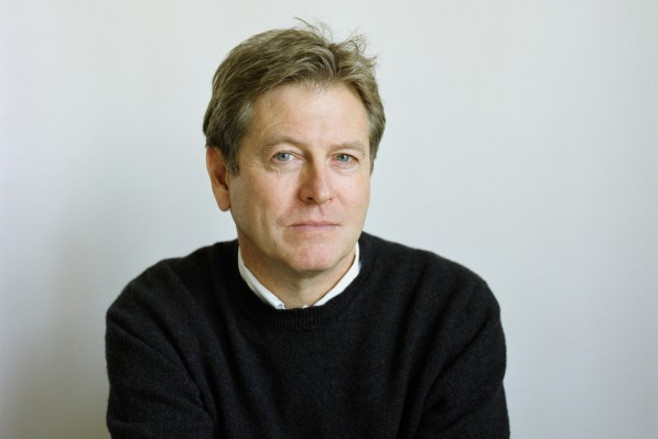
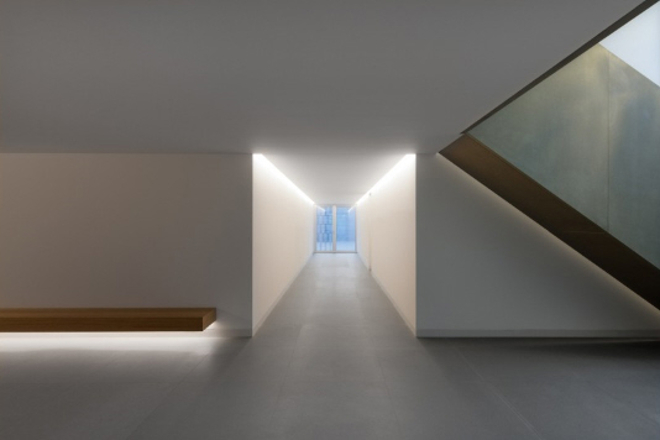
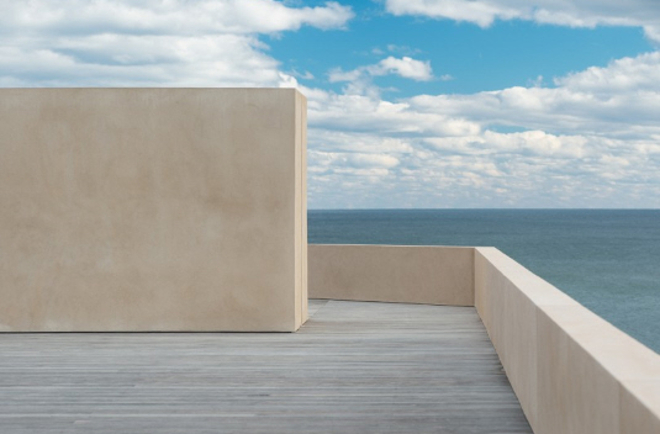
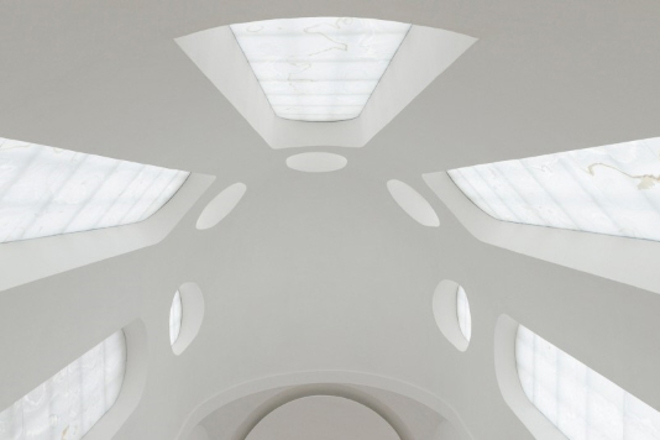
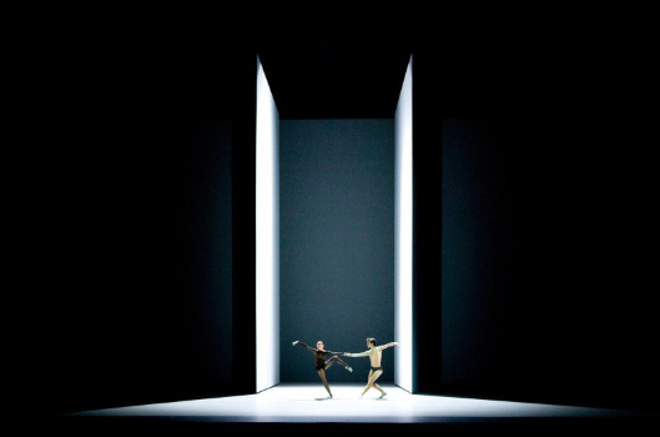
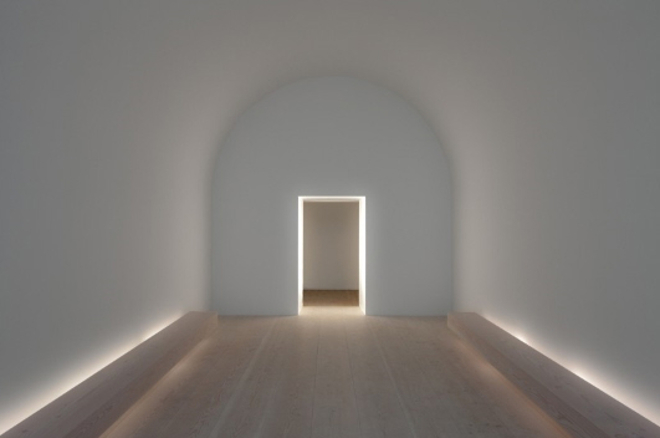
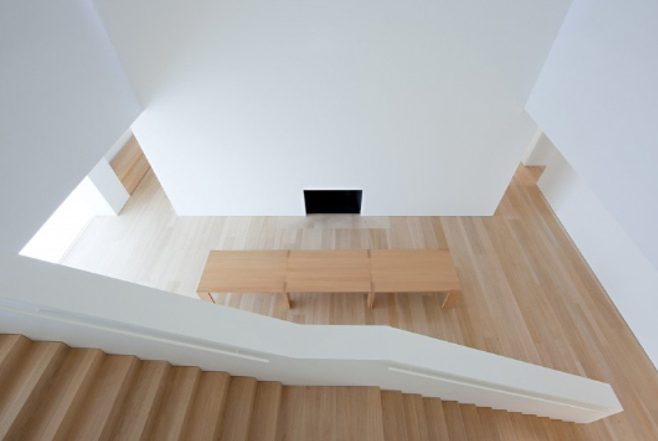
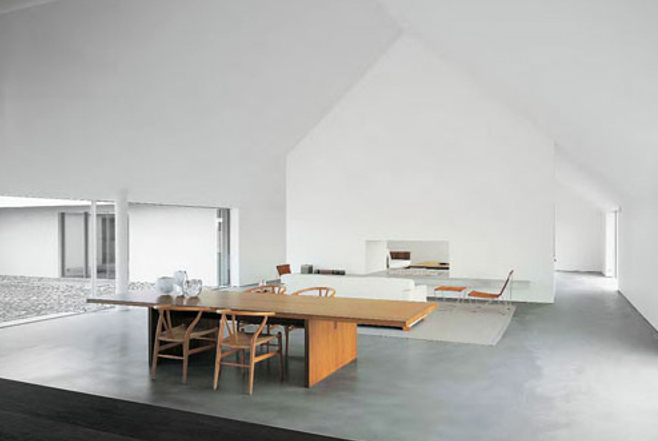
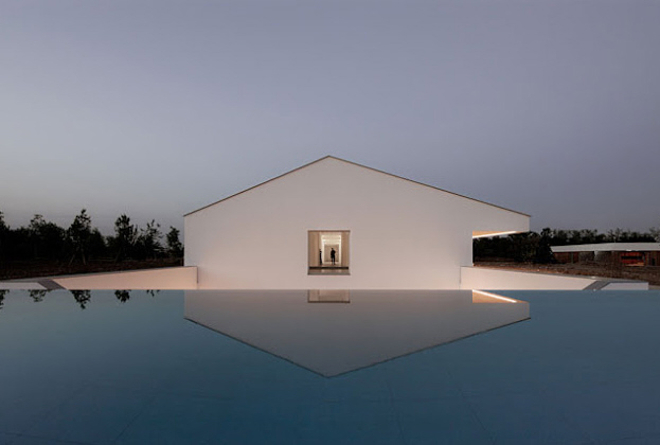
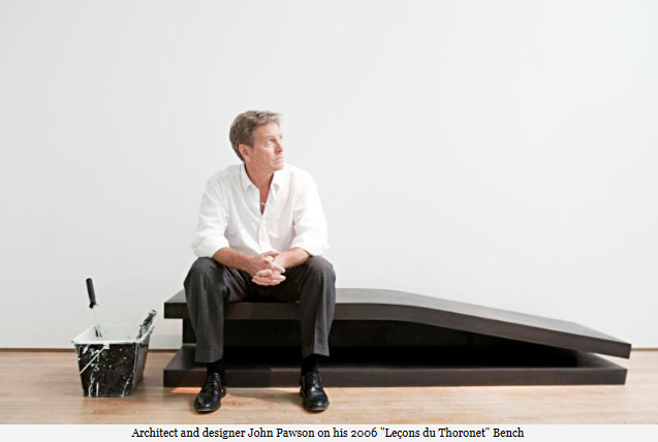
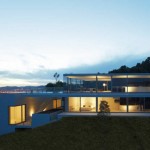
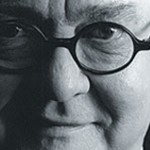



This entry has 0 Comments